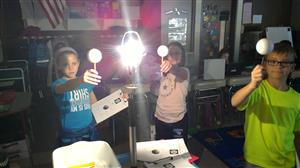School Information
Page Navigation
- Martin Elementary
- STEM
-
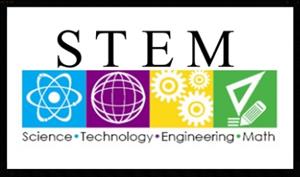
Mrs. Paradis, K-2 S.T.E.M. Teacher
Mr. Niemann, 3-5 S.T.E.M. Teacher
Kindergarten students have been hard at work using their senses in different investigations and while making observations. Students learned that we have 5 senses that we use each and every day. Our senses help us to explore the world around us! As we learn about each sense we also get to explore the body part that helps us to use the sense. So far we have learned about our nose and our nostrils and we have learned about our eyeball, eyelid and eyelash.
First grade students have been learning about force. Students learned that a force is what makes an object move. A force can either be a push or a pull. Students have used these forces as they have investigated how things move, how mass changes a force and which materials can make a force go faster, slower or stop.
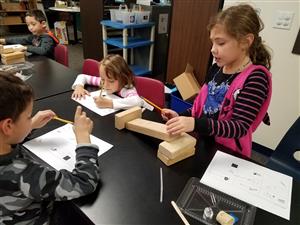
Second grade students have began learning about the states of matter. Students carried out their own investigations to determine what materials melt ice the fastest. Did you know that ice is a solid and it turns into a liquid as it melts into water? After investigating, students shared presentations that they made and then wrote a lab report to tell others how to carry out the investigations that they created!
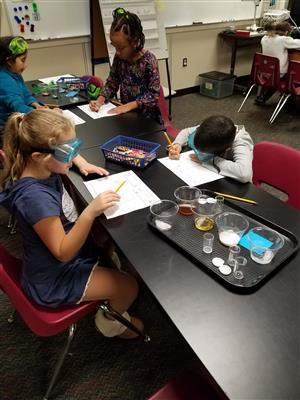
3rd graders have been busy learning about the different adaptations of birds, mammals, reptiles, and amiphibians. You can see them observing the dwarf African frogs that live in the ecosystems that 4th grade has built this year.
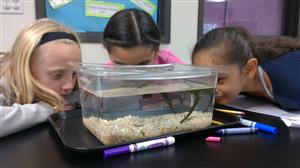
Fifth graders at Martin Elementary are using their observation skills to learn why the moon's appearance changes over time using a scientific model. In this picture students are acting as the "Earth" as they use Styrofoam balls as the "Moon" to copy how light from the sun causes the moon's appearance to change over time.
